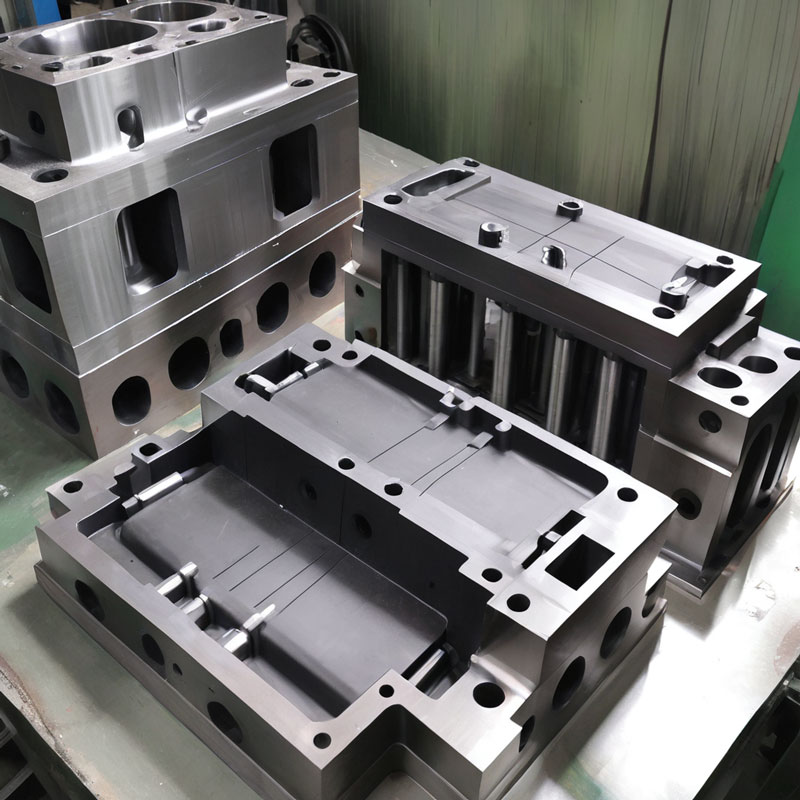Can rubber solution be used to seal leaks in plumbing or roofing?
2024-09-16

Can rubber solution be used to seal leaks in plumbing or roofing?
Yes, rubber solution is often used to seal leaks in plumbing or roofing. It is a waterproof solution that can create a strong and long-lasting bond with various surfaces, making it an ideal choice for sealing leaks and repairing damaged areas.What are the benefits of using rubber solution for sealing leaks?
Rubber solution is a cost-effective and easy-to-use solution for sealing leaks. It can be applied quickly and easily, and it dries to form a strong and durable bond. Additionally, rubber solution is a waterproof material that can withstand exposure to moisture, which makes it ideal for use in areas that are prone to leaks or water damage.How does rubber solution work?
Rubber solution works by creating a strong bond between two surfaces. When the solution is applied to a surface, it forms a thin layer that penetrates the surface and creates a bond with the material. As the solution dries, it forms a durable and long-lasting bond that can withstand exposure to various environmental factors, such as water, heat, and cold temperatures.Can rubber solution be used for other purposes?
Yes, rubber solution is a versatile material that can be used for a variety of purposes. It can be used to repair shoes, fix inflatables, create molds for new products, and more. Additionally, it is often used in industrial applications, such as manufacturing and construction. In conclusion, rubber solution is a versatile and cost-effective material that can be used for a variety of purposes, including sealing leaks in plumbing or roofing. Its ability to create a strong and long-lasting bond with different surfaces makes it an ideal choice for repairing damaged areas or creating new products. Xiamen Sanlongda Rubber Industry Co., Ltd. is a leading manufacturer of rubber solutions, including rubber solution products. We have a team of experienced professionals who are committed to designing and producing high-quality rubber products. Contact us for more information at dylan@tec-rubber.com.Scientific Research Papers on Rubber Solution:
1. T. Shibata, H. Kaji, T. Yamashita, K. Kanamori (2016). "Behavior of rubber-reinforced epoxy adhesive during the curing process," International Journal of Adhesion and Adhesives, Vol. 67, pp. 1-6.
2. A. Sharma, S. R. Dhakate, S. K. Dhawan (2015). "Conductive natural rubber composites for EMI shielding applications," Journal of Materials Science, Vol. 50, Issue 9, pp. 3312-3324.
3. J. H. Zhang, J. L. Zhang, S. H. Sun (2012). "Effects of surface treatment on mechanical properties of rubber wood," Advanced Materials Research, Vols. 610-613, pp. 2084-2088.
4. L. Q. Yang, H. Li, B. Dong, Z. Y. Ma, C. Liu (2018). "Design and analysis of a rubber-fiber composite tube," Journal of Applied Polymer Science, Vol. 135, Issue 3.
5. S. R. Evans, A. T. McDonald (2014). "Rubber composites for improved blast resistance," Journal of Applied Polymer Science, Vol. 131, Issue 13.
6. W. H. Song, B. Wei, X. F. Xie, X. B. Wang (2017). "Impact of rubber particle size on the properties of asphalt concrete," Construction and Building Materials, Vol. 156, pp. 548-555.
7. T. K. Maji, A. K. Bhowmick (2016). "Natural rubber nanocomposites with graphene oxide: mechanical, thermal, and electrical properties," Journal of Applied Polymer Science, Vol. 133, Issue 32.
8. R. K. Mishra, S. Misra, S. K. Nayak (2018). "A review on natural rubber composites reinforced with nanocellulose: properties and applications," Advances in Polymer Technology, Vol. 37, Supplement 1, pp. 244-258.
9. S. L. Liu, C. Y. Li, K. Y. Yen, J. H. Chen, H. T. Huang, W. H. Kuan (2018). "Study on the curing behavior and properties of natural rubber latex with different concentrations of carbon black and zinc oxide," Journal of Polymer Research, Vol. 25, Issue 7.
10. G. Mavinkere Rangappa, S. S. Sharma, D. Raja, N. Chakraborty, A. Das (2018). "Multi-response optimization of wear and friction behavior of carbon-nano-particle-reinforced rubber composites," Journal of Applied Polymer Science, Vol. 135, Issue 9.





